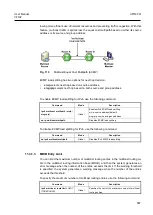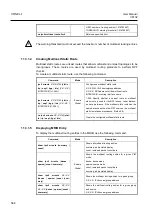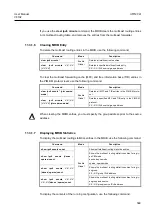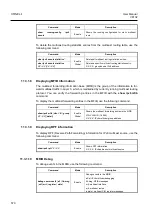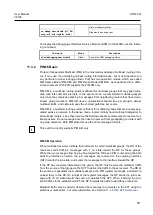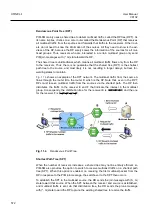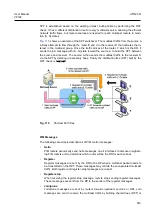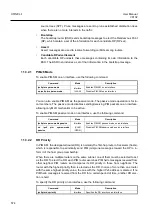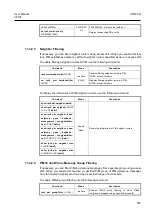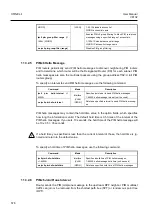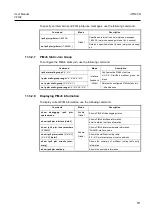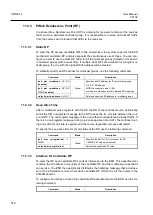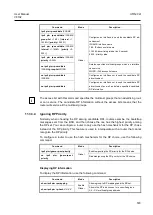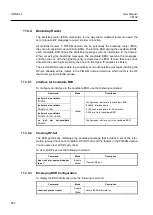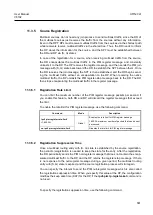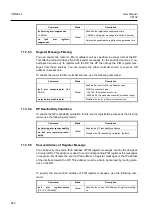
User Manual
UMN:CLI
V8102
581
11.3.5
Source Registration
Multicast sources do not need any join process to send multicast traffic, since the DR of
the multicast sources just receives the traffic from the sources without any information.
Even in the RPT, RPs must receive multicast traffic from the sources via the shortest path
while receivers receive multicast traffic via the shared tree. Thus, the DR needs to inform
the RP about the information for the source, and the SPT must be established between
the DR and RP via (S, G) states.
In case of the registration for a source, when receiving multicast traffic from the source,
the DR encapsulates the multicast traffic in the PIM register message, and constantly
unicasts it to the RP. The RP receives the register message, and then sends the PIM join
message with (S, G) state back toward the DR to establish the SPT between them. Once
the DR receives the join message, the SPT is then established, and the DR begins send-
ing the multicast traffic without an encapsulation to the RP. When receiving the native
multicast traffic, the RP unicasts the PIM register-stop message back to the DR. The DR
then stops encapsulating the multicast traffic in the register message.
11.3.5.1
Registration Rate Limit
You can limit the maximum number of the PIM register message packets per second. If
you enable this feature, both DR and RP will discard the register messages that exceed
the limit.
To enable the rate limit for PIM register message, use the following command.
Command
Mode
Description
ipv6 pim register-rate-limit
<1-65535>
Global
Enables the rate limit for PIM register message.
1-65535: maximum number of packets that can be sent
per second
no ipv6 pim register-rate-limit
Disables the rate limit for PIM register message.
11.3.5.2
Registration Suppression Time
Once a multicast routing entry with (S, G) state is established by the source registration,
the periodic reregistration is needed to keep the state for the entry. After the registration,
the DR periodically sends the PIM null-register message that does not contain the encap-
sulated multicast traffic to the RP, and the RP returns the register-stop message. If there
is no response to the null-register message during a given period, the multicast routing
entry with (S, G) state is expired, and the source registration process will start again.
You can specify the interval to send the PIM null-register message which is also called
the registration suppression time. When you specify this value at the RP, the configuration
modifies the keep alive time (KAT) for the RP, if the
ipv6 pim rp-register-kat
command is
not used.
To specify the registration suppression time, use the following command.
Содержание V8102
Страница 1: ...1 V8102 GPON OLT system User Manual...
Страница 158: ...UMN CLI User Manual V8102 158 When you use the no snmp command all configurations of SNMP will be lost...
Страница 427: ...User Manual UMN CLI V8102 427 show debugging dhcp Enable Global Shows the debugging information of DHCP...
Страница 797: ...User Manual UMN CLI V8102 797 show onu gsp status config ONU_ID tag list number TAG_NAME tag name...

